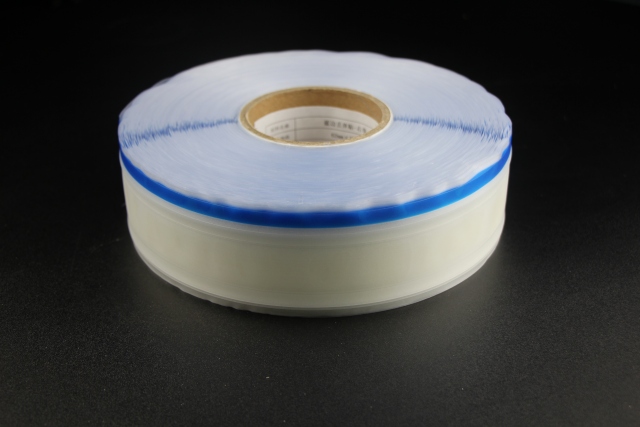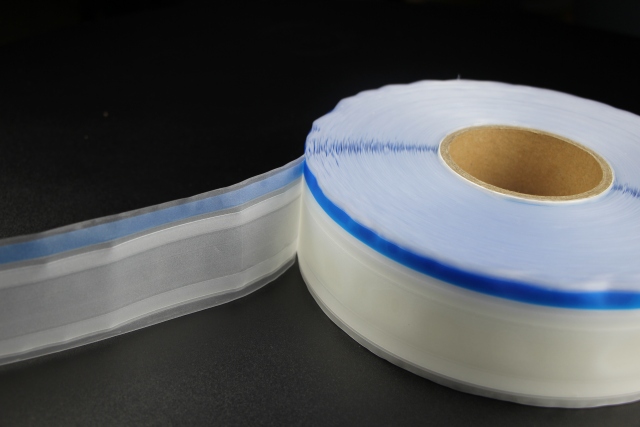Author:Hengdaxin Diaper Material SupplierFROM:Diaper Materials Manufacturer TIME:2024-07-19
Diapers Materials Overview and Selection Guide

Choosing the right materials for diapers is crucial for ensuring comfort, absorption, and overall effectiveness. Diapers have evolved significantly, with modern designs incorporating advanced materials to enhance performance and comfort for both babies and caregivers. This guide provides a comprehensive overview of diaper materials, their functions, and considerations for selecting the best options.
The outer layer of a diaper serves as a barrier against leaks while allowing airflow to keep the baby's skin dry and comfortable. Materials like polyurethane laminate (PUL) and thermoplastic polyurethane (TPU) are commonly used for their waterproof properties. They are also breathable, which helps in reducing the risk of diaper rash by maintaining airflow.
The absorbent core is responsible for soaking up moisture and keeping the baby's skin dry. Materials such as wood pulp (fluff pulp) and superabsorbent polymers (SAP) are crucial components. Fluff pulp provides bulk and absorbs liquid, while SAP can hold many times its weight in fluid, locking it away to prevent leaks.
The inner layer of diapers is in direct contact with the baby's skin, necessitating softness and hypoallergenic properties. Materials like spunbond nonwoven fabrics and microfleece are gentle on delicate skin, wicking moisture away from the surface to maintain dryness and reduce irritation.

Effective diapers feature leg cuffs and elastic waistbands to ensure a snug fit and prevent leaks. Elastic materials such as elastane (spandex) and polypropylene are commonly used for their stretchability and resilience, providing a secure yet comfortable seal around the baby's legs and waist.
To secure the diaper in place, adhesive tapes or hook-and-loop fasteners (Velcro) are employed. These materials must be strong enough to keep the diaper securely fastened yet gentle on the skin during application and removal. They allow for easy adjustments to achieve the perfect fit.
Some diapers include wetness indicators, which change color when the diaper is wet, signaling the need for a change. These indicators are typically made from materials that react to moisture, providing convenience for caregivers by eliminating the need for frequent checks.

With growing environmental concerns, there is a rising demand for diapers made from sustainable materials. Biodegradable options like bamboo fibers, organic cotton, and plant-based plastics are gaining popularity due to their reduced environmental impact compared to traditional materials.
When choosing diaper materials, factors such as absorbency, comfort, fit, and environmental impact should be carefully considered. Assessing these aspects ensures that the chosen diapers meet the specific needs of both the baby and the caregiver, providing optimal performance and comfort.
Choosing the right materials for diapers is essential for ensuring comfort, dryness, and overall satisfaction. By understanding the functions of each component and considering factors like absorbency, comfort, fit, and sustainability, caregivers can make informed decisions that benefit both babies and the environment. The continual innovation in diaper materials reflects a commitment to improving functionality and reducing environmental impact, making diapering a more comfortable and sustainable experience.
This comprehensive guide provides an overview of diaper materials and considerations for selecting the best options, catering to both comfort and functionality.